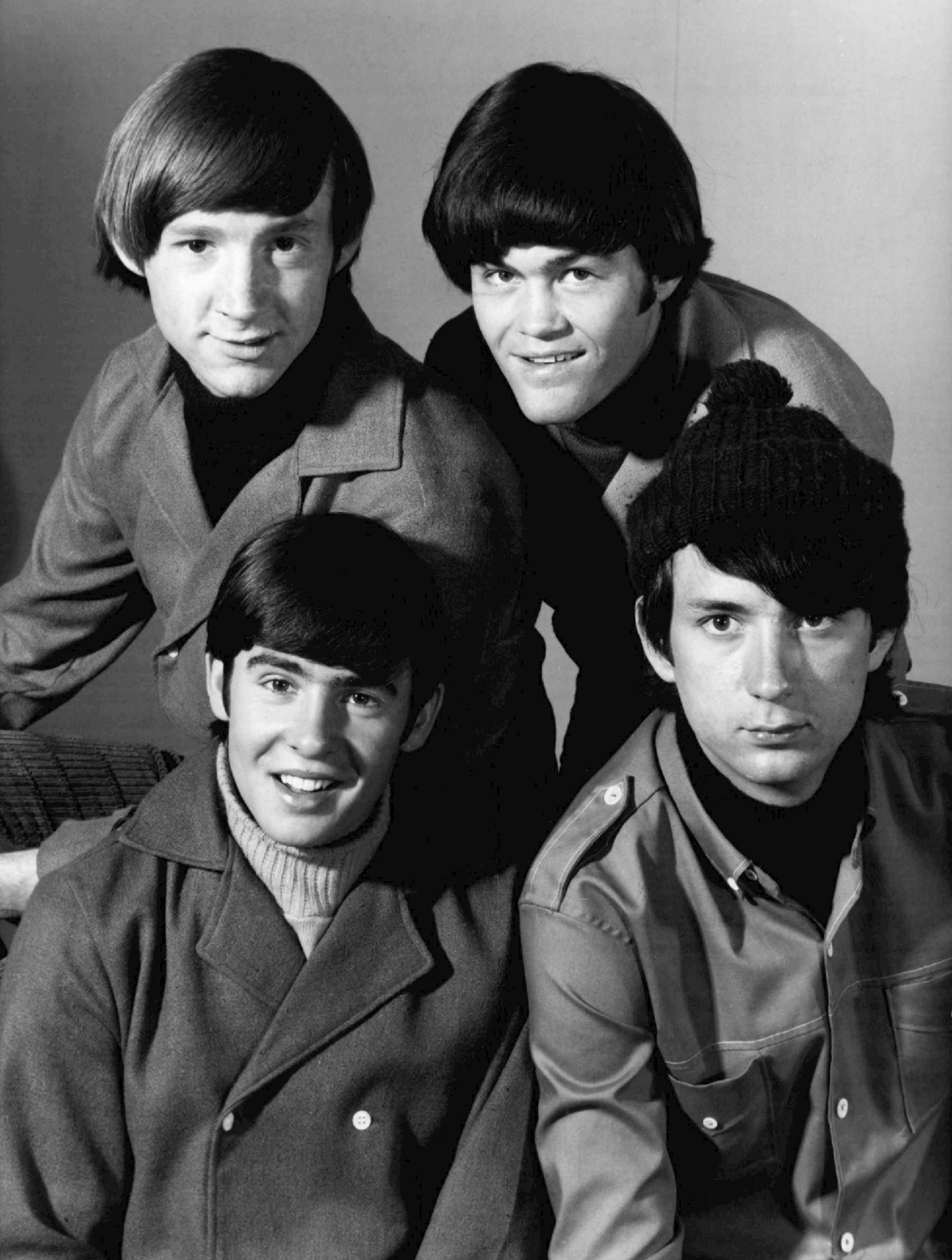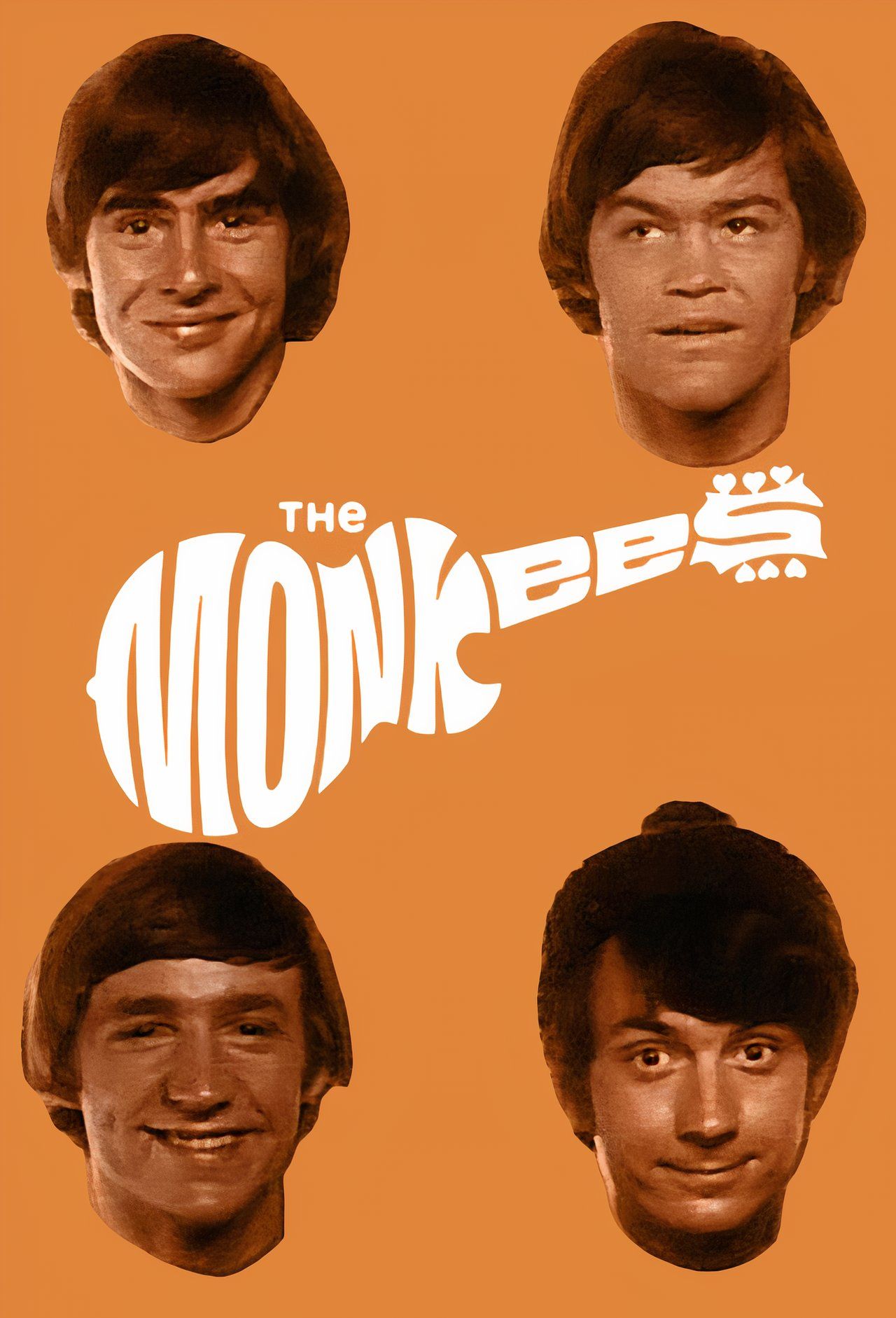Picture this: the late '60s, a time when rock 'n' roll was evolving and the world was groovin' to the sounds of change. The Monkees, a band that seemed to have it all—good looks, catchy tunes, and a TV show that had everyone tuning in. But beneath the surface of their wholesome image, whispers swirled about drug use. Did The Monkees do drugs? Let's dive into this tale and separate fact from fiction.
Back in the day, when The Monkees were rockin' the charts, rumors about their lifestyle were as common as the hits they churned out. In an era where experimentation with substances was almost expected, it's no surprise that questions about their habits arose. But hey, let's not jump to conclusions just yet.
Before we get into the nitty-gritty, let's set the stage. The Monkees were more than just a band; they were a cultural phenomenon. Their music and image defined a generation, and understanding their story is key to answering the question at hand. So, buckle up, because we're about to take a trip down memory lane.
- Morgan Ingram Mom The Story Of Strength Love And Resilience
- Mercury Conjunct Neptune Transit Unlocking The Mysteries Of Cosmic Alignment
Who Were The Monkees?
First things first, let's talk about who The Monkees were. Formed in 1965, the band consisted of Micky Dolenz, Davy Jones, Michael Nesmith, and Peter Tork. They were created for a TV show that aimed to capitalize on the Beatles' success, but they quickly carved out their own niche in the music world.
While their image was crafted to be clean-cut and fun-loving, the reality was a bit more complex. Each member brought their own unique personality and talents to the table, and their journey was far from ordinary.
Biography of The Monkees
Let's take a closer look at the individual members of The Monkees and what made them tick. Here's a quick rundown:
- Solange Knowles Zodiac Exploring The Cosmic Side Of This Iconic Star
- Stacy Feldman The Rising Star Shaping The Entertainment Industry
| Name | Role | Birthdate | Notable Facts |
|---|---|---|---|
| Micky Dolenz | Vocals, drums | March 8, 1945 | Known for his powerful vocals and comedic timing. |
| Davy Jones | Vocals, harmonica | December 30, 1945 | Charismatic frontman and actor. |
| Michael Nesmith | Vocals, guitar | December 30, 1942 | Key songwriter and innovator in the music industry. |
| Peter Tork | Vocals, bass, keyboards | February 13, 1942 | Talented multi-instrumentalist and comedian. |
The Monkees and the '60s Counterculture
Now, let's talk about the times they lived in. The '60s were a wild ride, filled with social change and experimentation. Drugs were a part of the cultural landscape, and many musicians of the era were known to indulge. But what about The Monkees?
While they were often portrayed as the "prefab four," their music and lyrics hinted at deeper influences. Songs like "Daydream Believer" and "Last Train to Clarksville" had layers that resonated with fans beyond their surface charm.
Did The Monkees Experiment with Drugs?
Alright, let's cut to the chase. Did The Monkees experiment with drugs? The short answer is yes, but not in the way you might think. While some members admitted to occasional use, it wasn't the defining aspect of their career.
- Micky Dolenz has spoken openly about trying marijuana but emphasized it was never a central part of his life.
- Michael Nesmith was more involved in the counterculture scene and explored various substances, but he always prioritized his music.
- Davy Jones was more reserved, and while he didn't shy away from the party scene, drugs weren't a significant part of his story.
- Peter Tork was known for his eclectic interests, but he too kept his experimentation in check.
The Impact on Their Music
So, how did their experiences influence their music? The Monkees' sound evolved over time, and their later albums showcased a more mature and experimental approach. Songs like "Pleasant Valley Sunday" and "Words" reflected a deeper understanding of the world around them.
Michael Nesmith, in particular, was a driving force behind this shift. His influence brought a more sophisticated edge to their music, proving that The Monkees were more than just a TV band.
Key Albums and Songs
Here are some standout albums and tracks that highlight their growth:
- "Headquarters" (1967): The first album where the band played their own instruments, showcasing their musical prowess.
- "Pisces, Aquarius, Capricorn & Jones Ltd." (1967): A concept album that delved into themes of identity and change.
- "Words" (1967): A track that resonated with the counterculture movement, blending pop sensibilities with deeper lyrics.
Public Perception vs. Reality
The public's perception of The Monkees was often shaped by media portrayals and rumors. While they were seen as the "fake band" compared to the Beatles, their authenticity shone through in their music and personal lives.
Did the rumors about drug use tarnish their image? To some extent, yes. But the truth is, The Monkees were more focused on their craft than the party scene. Their dedication to music and innovation set them apart from the stereotypes.
Setting the Record Straight
Let's set the record straight. The Monkees were a band of talented individuals who navigated the complexities of fame with grace. While they weren't immune to the influences of their time, their legacy is built on their contributions to music, not their alleged drug use.
The Monkees Today
Fast forward to today, and The Monkees' influence is still felt in the music world. Their songs continue to resonate with fans old and new, and their story serves as a reminder of the power of authenticity in an ever-changing industry.
So, did The Monkees do drugs? Sure, but that's not what defined them. Their music, their creativity, and their impact on pop culture are what truly matter.
Legacy and Influence
The Monkees left a lasting legacy that extends beyond their music. They paved the way for future bands and artists, proving that image and substance can coexist. Their influence can be seen in countless acts that followed, and their story continues to inspire.
Conclusion
In conclusion, The Monkees were a band that defied expectations and carved out their own path. While questions about drug use may linger, the truth is that their music and contributions to the industry speak volumes. So, next time you hear "I'm a Believer," remember the real story behind the band that brought it to life.
What do you think? Did The Monkees' story resonate with you? Leave a comment below and let's keep the conversation going. And if you enjoyed this deep dive, don't forget to share it with your friends and check out more articles on our site.
References:
- Rolling Stone
- Billboard
- The Monkees Official Website
Table of Contents
- Troy Mure The Untold Story Of A Rising Star In The Music Scene
- Celebrity Breast Implants The Inside Scoop On Hollywoodrsquos Most Talkedabout Trend


